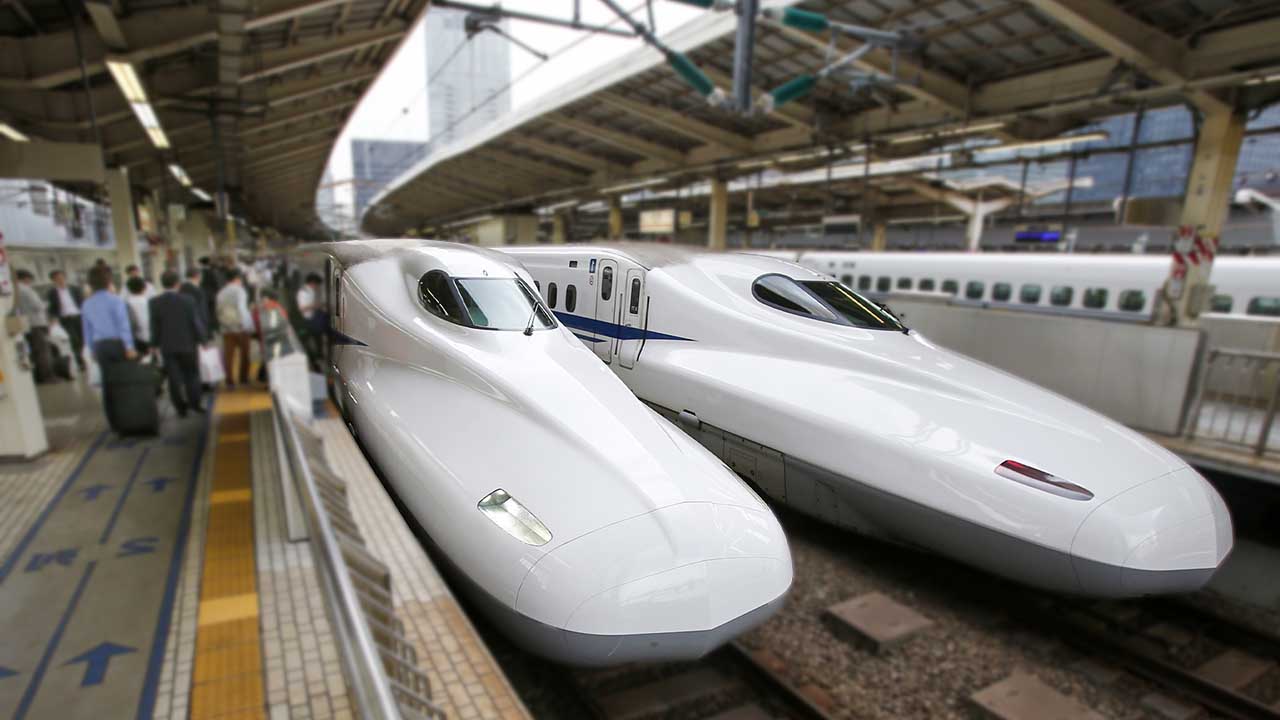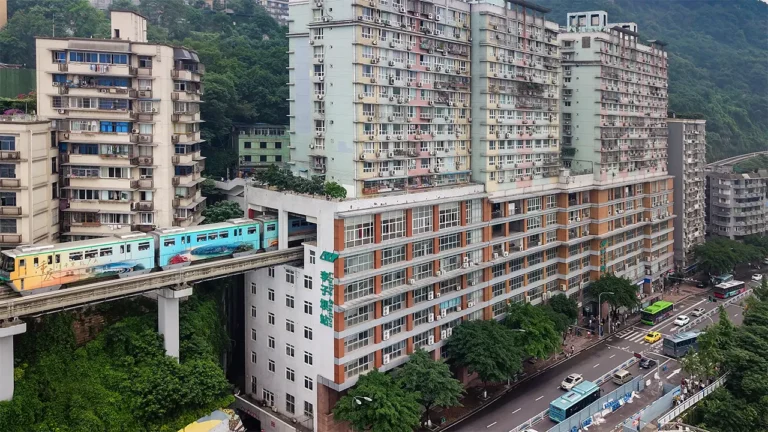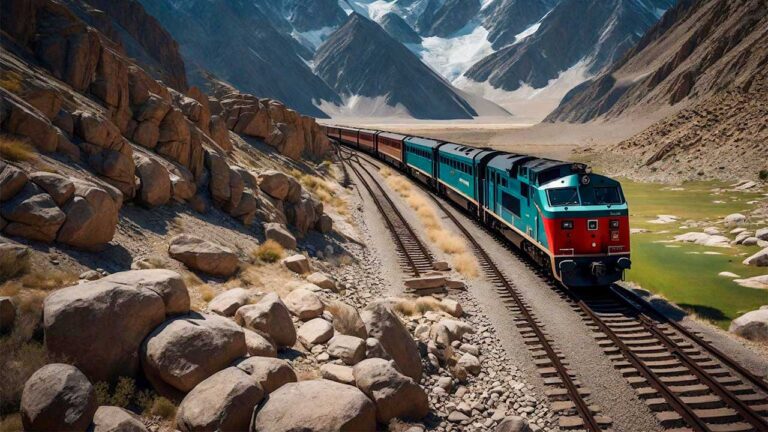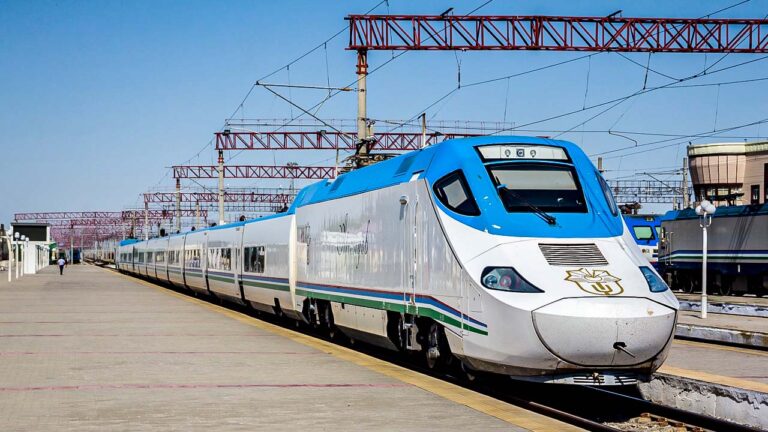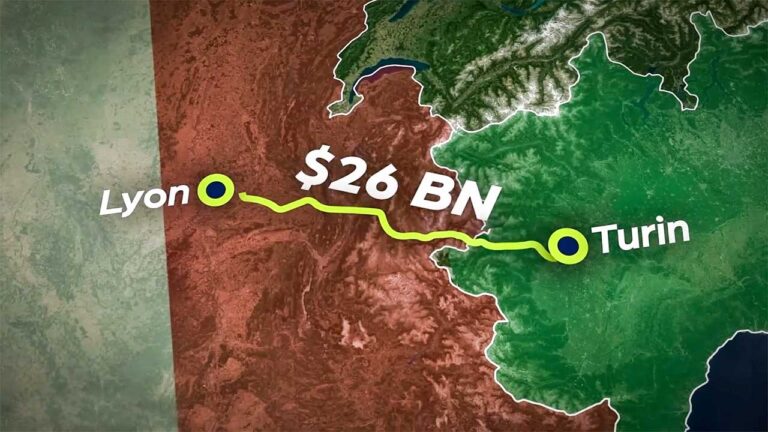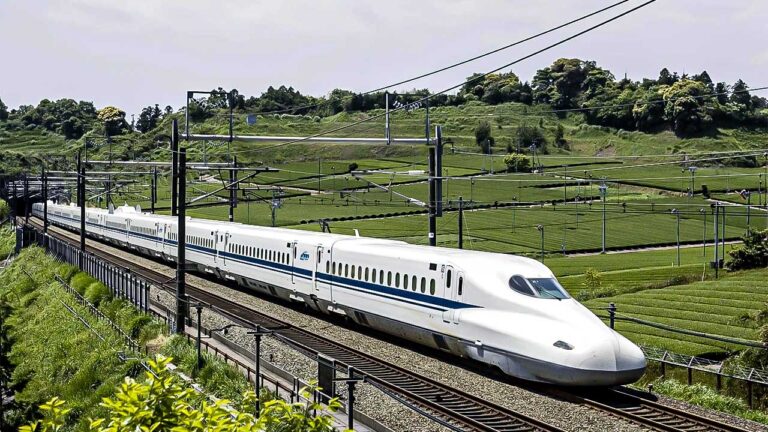Chuo Shinkansen: Japan’s High-Speed Bullet Train Will Be a Game Changer
Imagine standing in the heart of Japan, witnessing history unfold as the Chuo Shinkansen, the world’s most advanced high-speed maglev train, takes shape. This innovative rail system promises to redefine travel, cutting across the country with unprecedented speed and efficiency. Japan, a nation renowned for its resilience and forward-thinking technology, is once again pushing boundaries, and the Chuo Shinkansen is set to revolutionize how we move.
A Legacy of Excellence
Japan’s journey with high-speed rail began in 1964, when the Tōkaidō Shinkansen, known for its iconic bullet shape, connected Tokyo and Osaka. This was the dawn of modern high-speed rail, and it marked Japan as the global leader in rail innovation. Decades later, Japan’s commitment to enhancing its rail network continues. The Chuo Shinkansen, a marvel of superconducting maglev technology, will elevate this legacy even further.
Unlike conventional trains, the Chuo Shinkansen will run on magnetic levitation, allowing it to reach speeds of up to 505 km/h (314 mph). This means that the travel time between Tokyo and Nagoya will be slashed to under 40 minutes, while the trip to Osaka will take only 67 minutes. The new system will significantly alleviate the congestion on Japan’s busiest rail lines, offering a faster, smoother, and more comfortable ride.
Also Read: Will Merdeka 118 Bring a New Dawn of Opportunities for Malaysia
The Vision Behind the Maglev
The Chuo Shinkansen project is an ambitious undertaking led by the Central Japan Railway Company (JR Central). Building on the research done in the Yamanashi Prefecture since the 1970s, this maglev line will run from Tokyo through Nagoya, with an extension to Osaka expected by 2037. The project has been decades in the making, with each phase carefully planned and executed to ensure the utmost precision.
Phase 1, which began in 2014, focuses on the 285.6 km route between Tokyo and Nagoya, mostly running through tunnels. The ambitious construction involves the creation of 11.6 km of bridges, 4.1 km of rail beds, and 23.6 km of viaducts. Once completed, this new rail system will be a testament to Japan’s engineering prowess, with the Tokyo-Nagoya segment expected to open by 2027.
Overcoming Challenges and Delays
Like all monumental projects, the Chuo Shinkansen has faced its share of obstacles. Initially estimated to cost ¥5.1 trillion, the budget for the project ballooned to over ¥9 trillion due to the challenges of tunneling through difficult terrain, including deep underground sections. A significant portion of the line will pass through tunnels as deep as 40 meters, particularly around the Tokyo, Nagoya, and Osaka regions. This complex construction has delayed the timeline, with the Tokyo-Nagoya segment now expected to open in 2027, and the Nagoya-Osaka extension slated for 2037.
Despite these challenges, JR Central is steadfast in its commitment to completing the Chuo Shinkansen. The company is working tirelessly to ensure that the maglev line becomes a reality, even securing additional government funding to ensure the project’s success.
A Technological Marvel
One of the key features of the Chuo Shinkansen is its ability to reach speeds previously thought to be impossible for mass transit. In 2015, a prototype on the Yamanashi test track achieved a world record, traveling at 603 km/h (374 mph), a feat that was previously unimaginable. The use of superconducting maglev technology allows the train to float above the tracks, eliminating friction and enabling these extraordinary speeds.
The maglev technology also has significant advantages when it comes to energy efficiency. While maglev trains use more energy than conventional high-speed trains at lower speeds, their ability to reach faster speeds offsets the energy consumption. Even more impressive, the Chuo Shinkansen will be fully electric, contributing to Japan’s commitment to sustainable, renewable energy sources.
Connecting Japan Like Never Before
The Chuo Shinkansen will not only reduce travel time but will also create an unparalleled experience for passengers. Key stops along the Tokyo-Nagoya route include Hashimoto in Kanagawa Prefecture, Kōfu in Yamanashi Prefecture, and Nakatsugawa in Gifu Prefecture. The line’s extension to Osaka will include additional stops in Mie and Nara Prefectures, culminating at the Shin-Osaka Station. This network will create a seamless connection between major cities and bring regions closer together.
In addition to the high-speed journey, the stations themselves are being built with cutting-edge infrastructure. For example, the Shinagawa Station in Tokyo will feature 4 tracks and 2 platforms, all meticulously constructed beneath the existing Shinkansen station to ensure minimal disruption to ongoing services.
Environmental Considerations and Challenges
While the Chuo Shinkansen represents the pinnacle of modern engineering, it has also sparked environmental debates. The construction in Shizuoka Prefecture, for instance, has raised concerns about the potential impact on the Oi River’s water level. However, JR Central is working closely with local authorities to ensure that any issues are addressed and that the project proceeds smoothly.
Another area of concern is the energy consumption of maglev trains. Though they use more power than conventional trains at lower speeds, the Chuo Shinkansen’s speed and efficiency will ultimately offer a cleaner, more sustainable form of transport compared to air travel. Studies have shown that maglev trains are more energy-efficient than aircraft for short distances, which is a key factor in Japan’s environmental strategy.
Also Read: Chinese Maglev Hyperloop Train Will Travel at 1000 Km/h
The Future of Travel
As Japan continues to push the envelope of technological innovation, the Chuo Shinkansen stands as a symbol of what is possible when vision, determination, and expertise come together. This ambitious project will not only change the way people travel but will also reinforce Japan’s position as a global leader in infrastructure and engineering.
When the Chuo Shinkansen is completed, it will not just be a train—it will be a symbol of progress, a tool for connecting people, and a catalyst for Japan’s continued growth and success. The future of travel is closer than we think, and the Chuo Shinkansen is leading the way.

